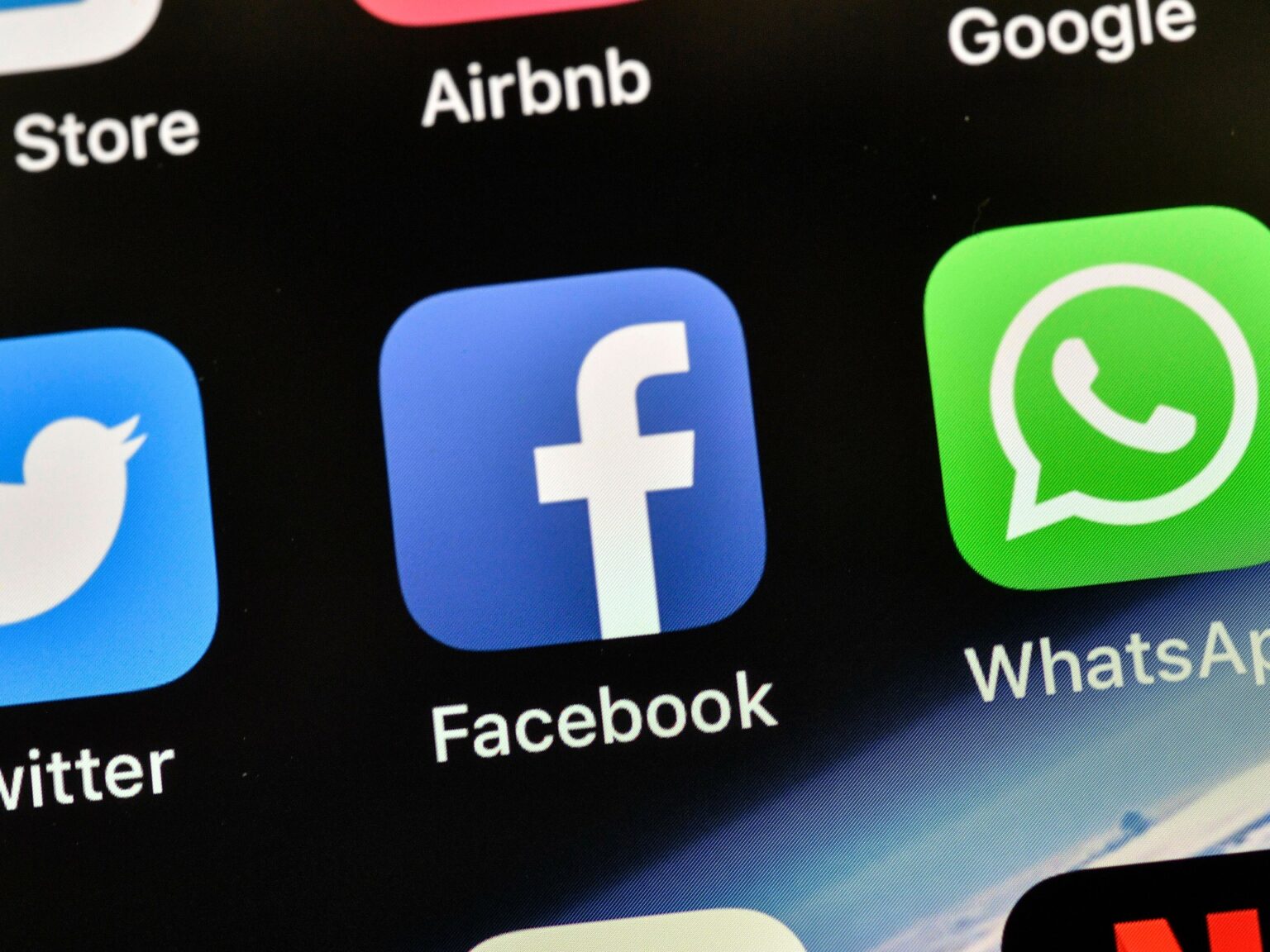In mid-June, after I had been in Italy for two weeks, I got around to reading the June 4 edition of the Italian newspaper La Repubblica, which I had bought – on June 4, of course – in accordance with my never-fulfilled vision of being one of those people who buys and reads a physical newspaper every day.
Prominently featured was coverage of the murder of 29-year-old Giulia Tramontano, who had been stabbed to death outside Milan in May by her boyfriend Alessandro Impagnatiello. She was seven months pregnant.
Page 12 of La Repubblica was devoted to the WhatsApp correspondence between Tramontano and Impagnatiello, helpfully colour-coded and divided into categories like “the quarrel about the lipstick”; “the separation announcement”; “the future of the baby”; and “the messages after he killed Giulia”.
To be sure, humans have always exhibited a certain fascination with murder. But the digital era has created novel opportunities for morbid voyeurism – while also raising obvious issues of privacy.
I had already heard all about the Tramontano case since arriving back to Puglia, the southern Italian region where, prior to the pandemic, I used to spend a portion of every summer with the mother of an Italian friend in her humble seaside abode.
My Puglian acquaintances, almost exclusively persons over the age of 70, had quickly filled me in on the details of the murder in Milan – or their own version of the details, rather. These often veered significantly from the reported facts but commanded such impassioned vehemence as to suggest intimate knowledge of all aspects of the crime in addition to the psychologies of both victim and perpetrator.
It was the same scene I had witnessed over so many summers of being subjected to nightly Italian homicide TV shows, which had also occasioned much shouting and exaggerated Italo-gesticulation in the direction of the television set and had often caused me to wonder what came first: Italian homicide TV shows or the Italian homicide fetish.
This year, a television glitch at my friend’s mother’s house meant that the homicide shows had been reduced to intermittent bursts of sound and light, but advances in mobile phone competence among the local population meant that everyone could still keep up-to-date on Italy’s killings of interest.
Naturally, these killings did not comprise the refugees who regularly drown off the Italian coast as a result of the state’s anti-migrant militance. After all, the comprehensive dehumanisation of refugees largely precludes the potential for sensationalising their demise – whether or not they send any pre-death WhatsApp messages that could be made available for public scrutiny.
Deaths of interest did include the 26-year-old killed by a bear in April in the northern province of Trentino, and my companions in Puglia waved their mobile phones in my face such that I might view pre-death photos of the victim and his girlfriend with superimposed bear maw looming in the background.
Then there was the 33-year-old nearly killed by a bear in Abruzzo National Park in December, whose frantic near-pre-death audio message to his wife has been preserved online courtesy of Corriere della Sera, another main Italian newspaper.
Of course, this sort of digital voyeurism is hardly Italian-specific. I myself am guilty of having perused the Tramontano-Impagnatiello transcripts, despite the fact that I certainly would not want my own WhatsApp communications on posthumous display – if only to avoid being immortalised as frivolous and neurotic. (I can at least take comfort that my notebooks of handwritten musings are almost entirely illegible, often even to me.)
Indeed, gone are the days when folks just had to concern themselves with the fate of their physical possessions when they died; now, there’s the digital footprint to worry about, to boot. As if all that were not tiresome enough, the field of “digital inheritance” has arisen to regulate the passing down of everything from passwords to crypto assets.
Meanwhile, a glance at recent international headlines confirms that the morbid trampling of privacy remains highly marketable across the board. Take this example from the UK media: “Woman said, ‘next time you’ll kill me,’ in secret clip before partner stabbed her to death.” Or this one from India: “Tunisha Sharma ended her life within 15 minutes of chat with Sheezan Khan; here are shocking details of their WhatsApp messages.”
Perhaps more broadly disturbing, though, is the trivialisation of death that has inevitably occurred with social media’s conversion into a primary forum for death announcements and condolences. A twist on that old phrase comes to mind: “If you can’t say anything without emojis, don’t say anything at all.”
One recalls the days when sympathy was not reduced to a series of yellow crying faces – when people had more time to be human and condolences were not something to be fired off before scrolling on to the next Facebook post.
I personally will never forget an occasion some years ago when, in response to a Facebook friend’s post about a death in the family, another Facebook friend – a filmmaker for whom I normally have the utmost esteem – commented: “sorry for ur loss.” Modern communications have so warped our sense of propriety, it seems, that the commenter failed to consider the inherent disrespect, in such circumstances, of only typing half of an already very short word.
But as life itself has become irreparably digitised, it’s probably only natural that death has, too.
The views expressed in this article are the author’s own and do not necessarily reflect Al Jazeera’s editorial stance.


